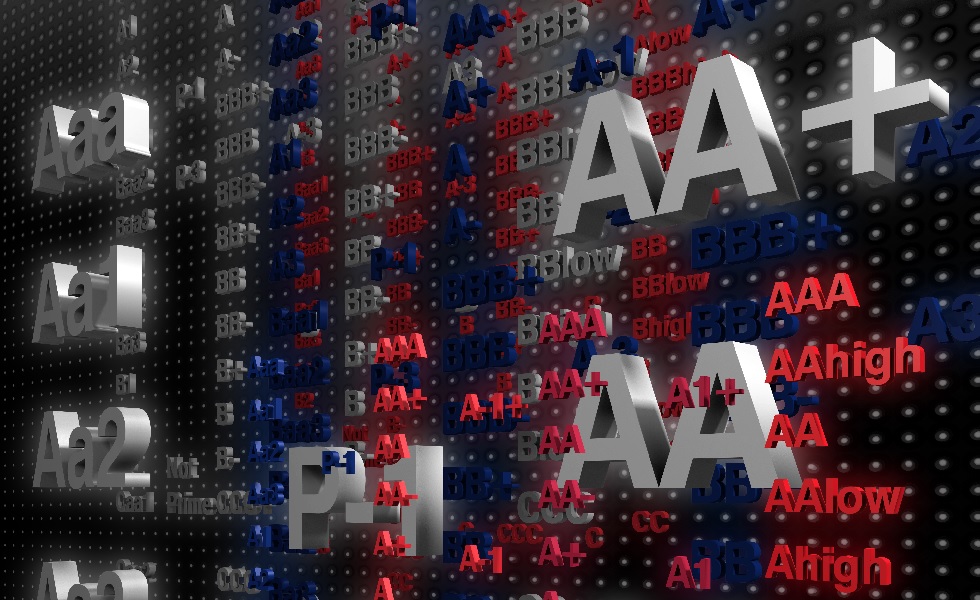La Française: Opportunities and risks with high yield bonds
La Française: Opportunities and risks with high yield bonds

Over the past 10 years, we have evolved in an environment with low or even negative interest rates, and the only way to generate positive returns was to take on more risk and to favour equities over Fixed Income asset classes.
One of the main arguments for investing in equity markets was the well-known motto “There is no alternative” (TINA). More recently, higher interest rates and inflation have brought carry opportunities to levels we have not seen in years, especially compared to dividend yields on equities. The Fixed Income market is regaining in competitivity against equities, which is why we have begun to see more inflows, and especially into the credit segment.
Opportunities in the high-yield segment
2022 has been one of the worst years for financials markets because of the unusual combination of increasing rates and widening spreads. The High Yield market has been somewhat resilient in the decline compared to Investment Grade credit or Sovereign debt due to its structurally lower duration and sensitivity to interest rates fluctuations. As we navigate 2023, we think that lower growth concerns will gradually outweigh 2022’s dominant narrative of inflation, central banks and rates. A linear rebound seems unlikely at this stage. Volatility should remain as long as visibility on the consequences on the real economy of this massive and sudden rate-hike cycle is low.
The carry of the High Yield market today (yields (in €-equivalent) above 7% across Europe and the US) offers some protection against the volatility of spreads. Thus, adding some risk through High Yield could make sense in order to maximise the carry strategy. Also, we think that default rates will only moderately increase as the balance sheets of corporates remain healthy and refinancing needs remain limited in the short term. However, we do anticipate an increase in dispersion by ratings and sectors, and a resumption of idiosyncratic situations, which means that bond and credit selection will be key.
As visibility on the macroeconomic landing remains limited at this stage, we maintain a preference for BB-rated credit and favour some B-rated names with high coupons and limited short-term refinancing risk. By sector, we see value in issuers coming from the banking sector, because risk-adjusted yield premiums are currently more attractive than those of corporates, with an equivalent rating. We remain very cautious on cyclicals and highly leveraged names which have less headroom to cope with the sharp tightening of financial conditions and a potential economic downturn.
If we think that the main Central Banks will keep rates higher for longer, the normalised valuation of the risk-free rate could push multi asset investors to go even more on the Fixed Income asset class. We could expect a structural shift of asset allocation, with investors taking less risk and locking interesting carry levels without going lower in the capital structure.
Potential risk
The next significant maturity wall for the High Yield market is in 2025. If Central Banks raise rates even higher than expected so far, the main concern within the credit segment would be that highly leveraged names would have to refinance most of their debt structure within the next 18-24 months. This could lead to a potential downgrade cycle and push even higher the level of defaults in the market. But we think that the increase in default rates will be much more pronounced in the Leveraged Loan market than in the High Yield market due to their floating rate note structure.





